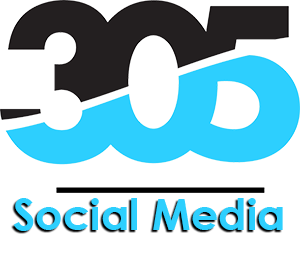Understanding the Different Social Media Platforms and Their Audience
Introduction: In the realm of social media, each platform has its own unique characteristics, user base, and purpose. As an IT consultant venturing into the world of social media, it’s crucial to understand the diverse landscape of social media platforms and their respective audiences. In this blog post, we will explore the different social media platforms and shed light on their distinct features, helping you make informed decisions about which platforms to focus on and how to tailor your strategies to reach your target audience effectively.
- The Power of Social Media Platforms:
- Discuss the significance of social media platforms in connecting people and businesses.
- Highlight the role of social media in shaping online communities and fostering engagement.
- Facebook: The Social Networking Giant:
- Explore the features, demographics, and user behavior on Facebook.
- Provide insights on how businesses can leverage Facebook’s extensive reach and advertising capabilities.
- Instagram: Visual Storytelling at Its Best:
- Discuss the visual-centric nature of Instagram and its influence on brand storytelling.
- Provide tips for creating engaging content and utilizing Instagram’s features such as Stories, IGTV, and Reels.
- Twitter: Real-Time Conversations and News Sharing:
- Highlight Twitter’s unique characteristics as a platform for real-time conversations and news dissemination.
- Guide readers on crafting concise and engaging tweets to amplify their brand voice.
- LinkedIn: The Professional Networking Hub:
- Explore the professional opportunities LinkedIn offers for businesses and individuals.
- Provide strategies for leveraging LinkedIn to build professional relationships, share industry insights, and recruit talent.
- YouTube: The Video-Sharing Powerhouse:
- Discuss the impact of YouTube’s video-centric platform and its vast audience.
- Guide readers on creating compelling video content and optimizing their presence on YouTube.
- Pinterest: Visual Discovery and Inspiration:
- Highlight Pinterest’s focus on visual discovery and its value for businesses in certain industries.
- Provide tips for creating visually appealing pins and utilizing Pinterest as a source of inspiration for your audience.
- TikTok: Short-Form Video Creativity:
- Discuss the explosive growth and popularity of TikTok, particularly among younger audiences.
- Explore creative strategies for engaging with TikTok’s user base and leveraging its viral potential.
- Snapchat: Ephemeral Content and Authenticity:
- Explain Snapchat’s ephemeral content and its appeal to younger demographics.
- Guide readers on utilizing Snapchat’s features, such as Stories and augmented reality, to connect with their audience.
- Niche and Emerging Platforms:
- Explore niche social media platforms that cater to specific interests or demographics.
- Discuss the potential benefits and considerations for businesses looking to expand their presence beyond the major platforms.
Conclusion: Understanding the different social media platforms and their audiences is a vital step in developing a successful social media strategy. By recognizing the unique characteristics of each platform, you can tailor your content and engagement strategies to effectively reach and connect with your target audience. At 305SocialMedia.com, we are here to guide you through the dynamic world of social media, helping you navigate the platforms and utilize them strategically to achieve your business goals in Miami, Florida, and beyond.

